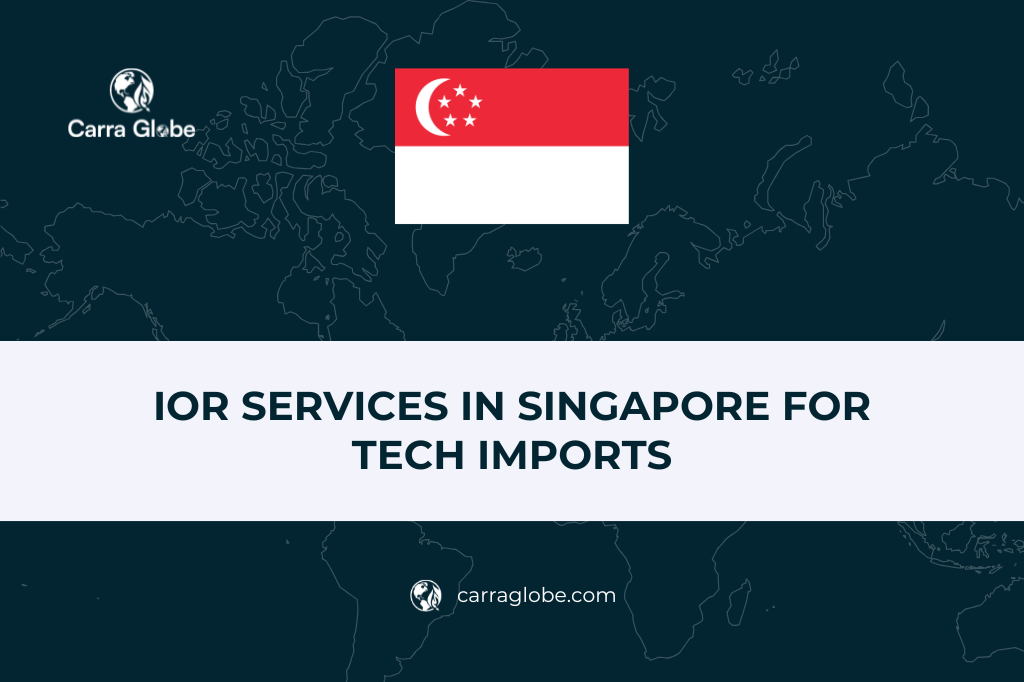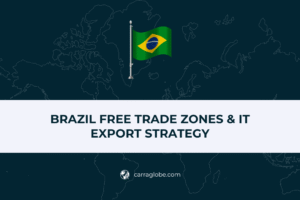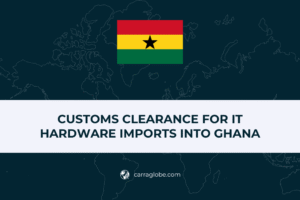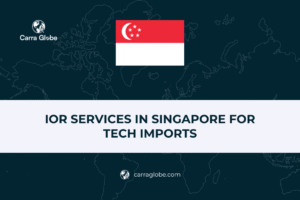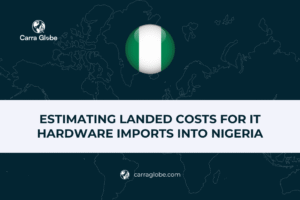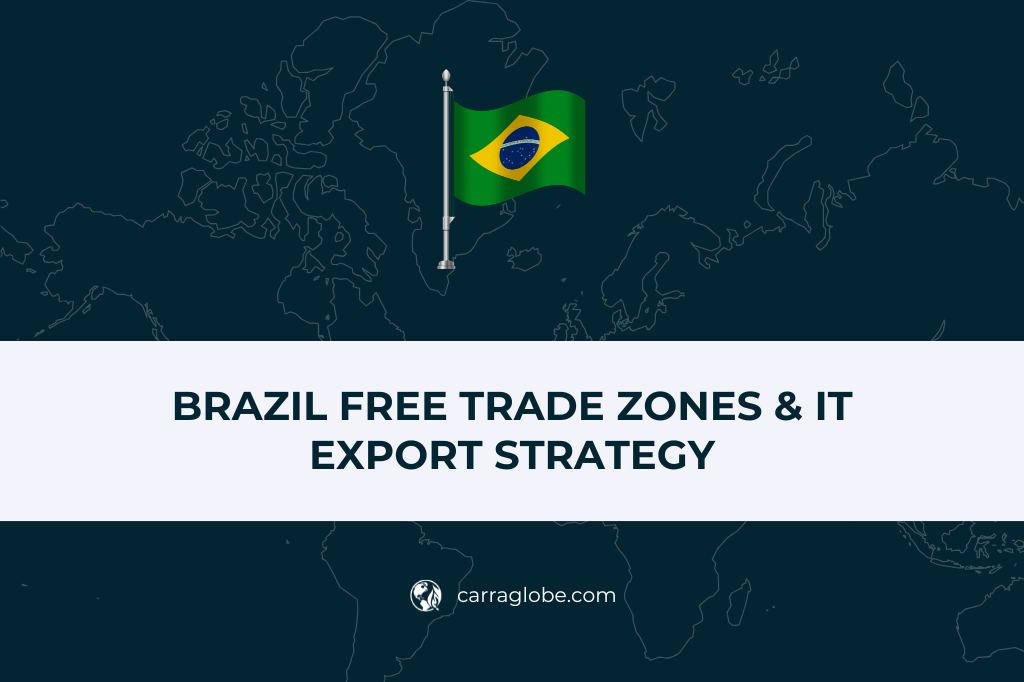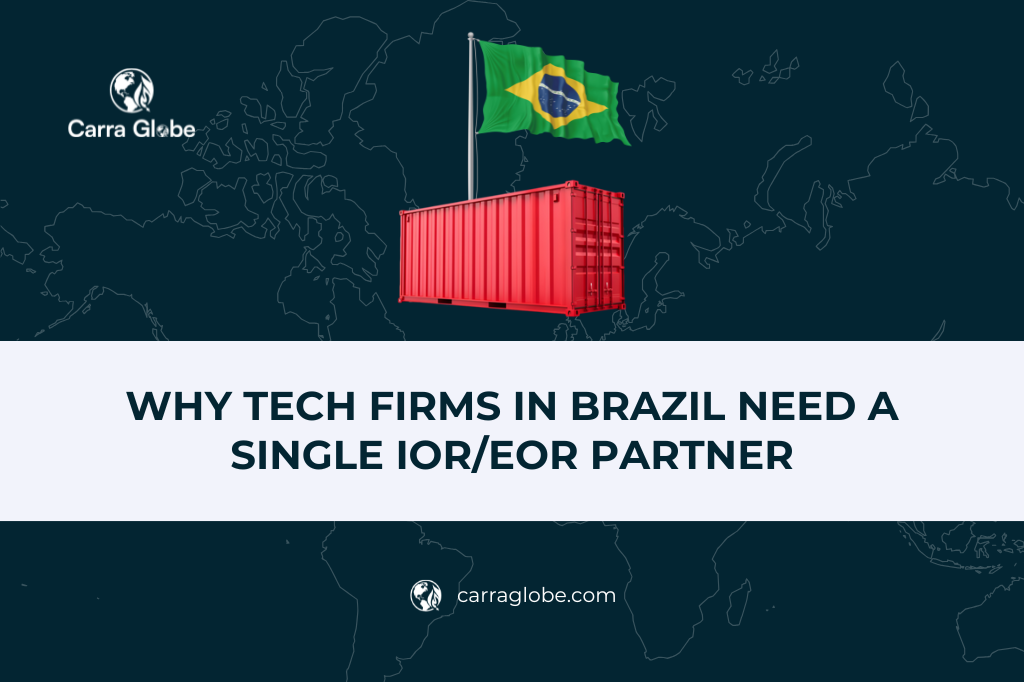Singapore has become the go-to logistics hub for global IT hardware distribution. From data centers to enterprise tech rollouts, the city-state’s advanced customs ecosystem and tax-efficient Importer of Record (IOR) framework make it the perfect base for Southeast Asian expansion.
Why Singapore Is the Heart of Tech Imports in Asia
Singapore sits at the center of the region’s most active trade corridors and continues to lead global import efficiency.
Key advantages for tech importers include:
- Free-Trade Leadership: Singapore maintains over 27 active Free Trade Agreements, linking major ASEAN markets including Indonesia, Malaysia, and Thailand. (Enterprise Singapore)
- Smart Customs Infrastructure: The TradeNet platform allows real-time submission and clearance for IT hardware imports. (Singapore Customs)
- Stable Trade and Tax Policy: Transparent regulations and low corporate tax attract tech manufacturers and logistics hubs.
- Duty-Free Re-exports: Equipment imported for redistribution or regional warehousing is eligible for GST exemption. (IRAS)
| Benefit | Why It Matters for Tech Importers |
| Duty-free re-export of goods | Enables regional distribution from one hub |
| Electronic clearance via TradeNet | Faster shipment processing |
| Central ASEAN location | Simplifies multi-country deployment |
| Transparent taxation | Predictable landed costs |
Compliance Rules Tech Importers Must Know
Singapore’s trade system runs on speed and precision. But efficiency comes with strict documentation and compliance requirements.
1. Licensing and Product Registration
Importers must register with ACRA (Accounting and Corporate Regulatory Authority) and create a customs account under TradeNet before any shipment.
Certain tech products like servers, routers, or encrypted hardware need approval from the Infocomm Media Development Authority (IMDA).
2. Accurate HS Code Declaration
Singaporean customs penalize incorrect HS codes or undervalued declarations. IT hardware often involves multi-component systems (e.g., servers, drives, cables) that require individual coding.
A reliable IOR partner ensures the right HS mapping, valuation, and documentation before arrival to prevent costly inspection delays.
3. Import Taxes and Re-export Rules
If the imported tech equipment is resold within Singapore, 9% GST applies. However, goods intended for re-export or staging are GST-exempt, giving importers significant tax flexibility. (IRAS)
How Carra Globe Simplifies Tech Imports Through IOR
Carra Globe’s IOR solutions help tech companies scale across Southeast Asia without establishing local entities or handling multiple customs jurisdictions.
Importer of Record (IOR) and Exporter of Record (EOR)
Carra Globe acts as your authorized importer, handling documentation, licensing, and customs representation so your equipment clears without risk or red tape. You can explore Carra’s tech-driven IOR efficiency in End-to-End Tracking Tools for IT Shipments Across the EU.
How Carra Globe Simplifies Tech Imports Through IOR
Carra Globe’s IOR solutions help tech companies scale across Southeast Asia without setting up local entities or managing multiple customs systems.
Importer of Record (IOR) and Exporter of Record (EOR)
Carra Globe acts as your legal importer, handling documentation, licensing, and customs representation so your shipments clear seamlessly. You can see this process in action in Avoiding Customs Delays: IOR Services for IT Rollouts.
Delivered Duty Paid (DDP) and Freight Forwarding
We handle all freight, duties, and delivery under one unified system, giving you total landed-cost clarity.
White Glove Hardware Handling
From servers to edge devices, our white glove service ensures safe packaging, secure movement, and on-site setup.
Real-Time Shipment Tracking
Our global tracking dashboard keeps clients updated on customs clearance, duty status, and transit checkpoints across borders.
Why Singapore’s IOR Structure Outperforms Others in Southeast Asia
Singapore’s model gives multinational tech firms a unified entry point into ASEAN markets like Indonesia, Malaysia, Vietnam, and the Philippines.
| Challenge in ASEAN | How Singapore IOR Solves It |
| Different customs laws in each country | One central IOR hub manages compliance |
| Entity setup requirements | No need for local subsidiaries |
| Inconsistent tariffs and duties | Predictable GST and transparent tax rules |
| Complex re-export workflows | Automated routing through Singapore’s free-trade framework |
Regional Case Example: Cloud Hardware Rollout via Singapore
A global SaaS infrastructure provider used Carra Globe’s IOR network to deploy 800+ units of IT hardware across Southeast Asia.
- Goods entered Singapore under the IOR structure, pre-cleared via TradeNet.
- Duties were consolidated under DDP billing.g
- Hardware was redistributed to Malaysia and Thailand under ASEAN FTA exemptions.
Result: Rollout time dropped by 40% compared to managing each country’s customs independently, and compliance reporting remained 100% audit-ready.
Partner With Carra Globe for Seamless Southeast Asian Imports
Using Singapore as your entry point gives your company control, compliance, and cost advantage. Carra Globe helps you manage every detail from IOR and freight forwarding to shipment tracking and white glove delivery, so your expansion runs smoothly across Asia.
Connect with Carra Globe’s specialists to design your Singapore-based import strategy today.


